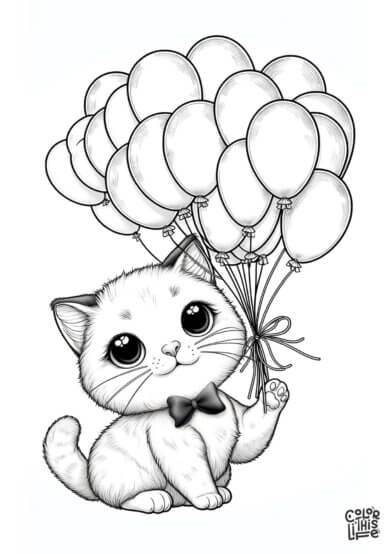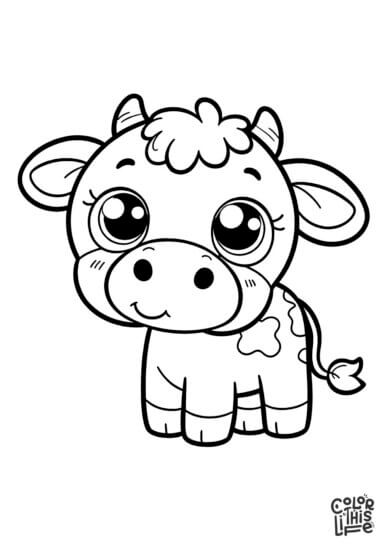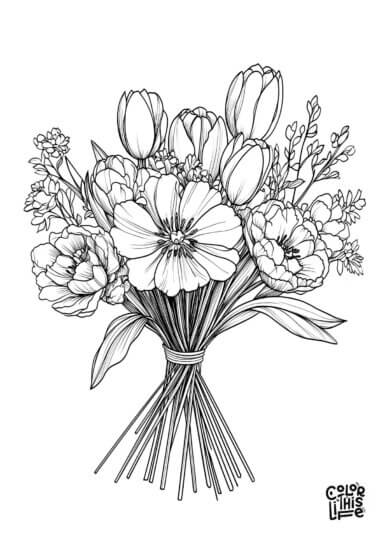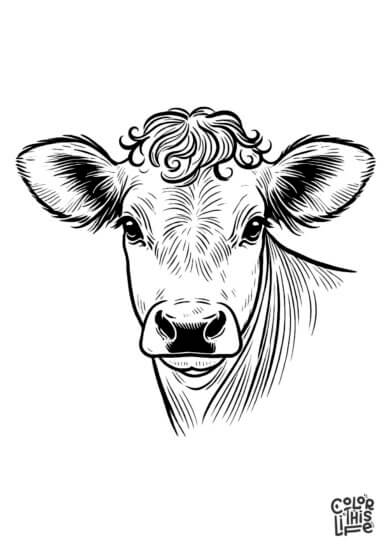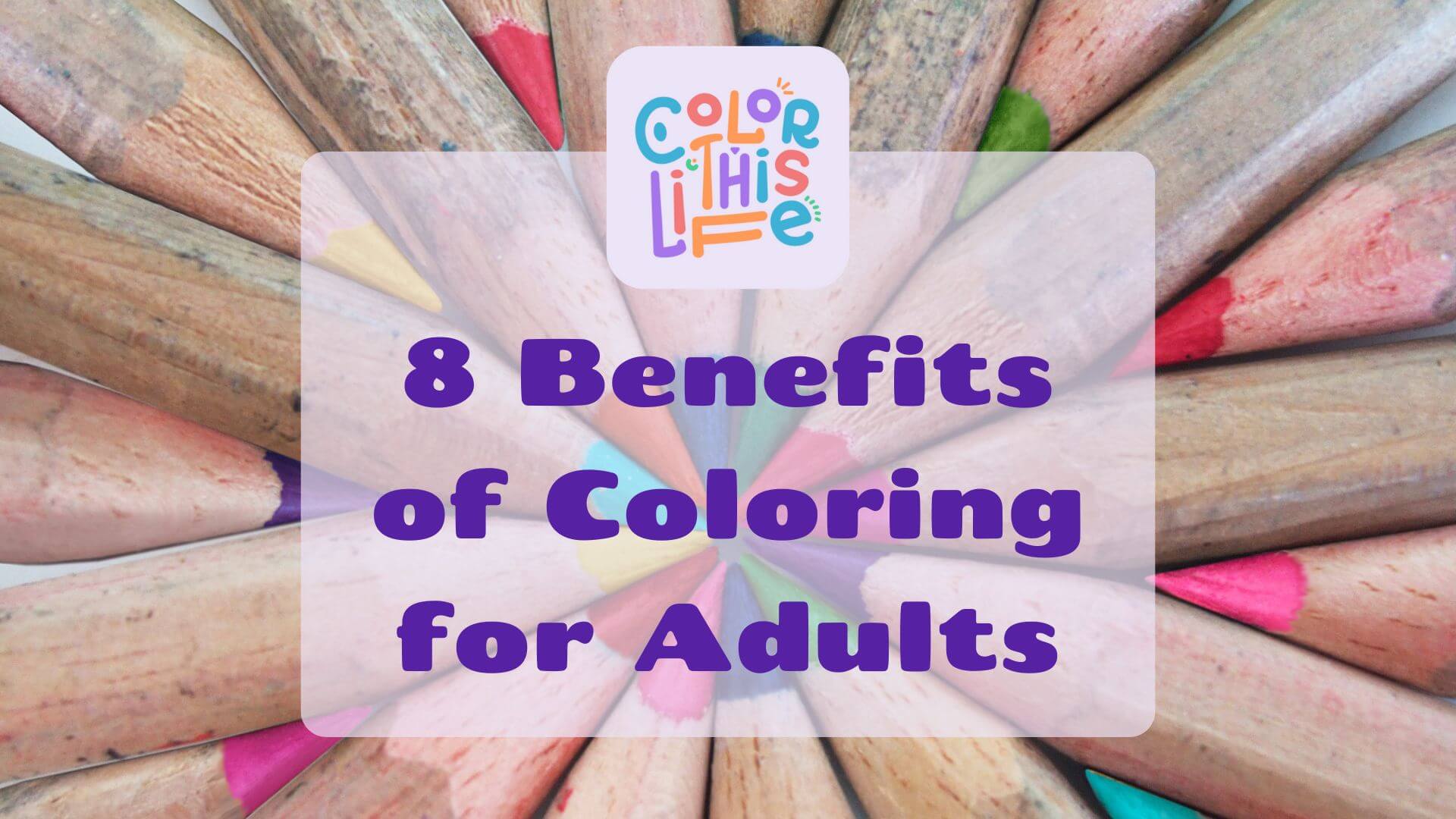
Top 8 Benefits of Coloring for Adults: Improve Mental Health and Creativity
When we’re all glued to our screens for most of the day, immersing yourself in the simple act of coloring is an excellent way to unwind, switch off, and express yourself creatively.
This activity isn’t just for kids; it’s a proven way for adults to relieve stress, enhance focus, and improve mental health. Keep reading to explore eight benefits of coloring for adults and the science behind them.
Key takeaways
- Coloring has several mental health benefits, having been proven to reduce anxiety levels, alleviate stress, and aid mindfulness.
- Engaging in coloring activities can spark creativity, help overcome artistic blocks, and enhance artistic confidence and skills, including fine motor coordination.
- Adult coloring groups are a fun way to make new friends and build social connections.
1. Stress relief
One of the main benefits of coloring is that it helps alleviate stress and reduce anxiety levels and depressive symptoms.
This is because focusing on an activity like coloring lowers activity in the amygdala, the part of the brain that controls our emotions and is affected by stress. The result is a soothing, calming effect.
To get the most out of coloring as a stress relief technique, opt for adult coloring pages with detailed designs. More intricate designs require greater focus and attention to detail, which draws your mind away from other concerns. In fact, a 2020 study found that mandala designs were most effective at alleviating self-induced anxiety in older adults over a 20-minute coloring session.
Using coloring pencils rather than markers can also amplify this effect. Pencils give you greater control and precision, as well as the option for more advanced techniques like blending, thereby deepening your engagement with the activity.
We should be clear that adult coloring is not in itself a form of art therapy, although many people find it therapeutic.
President of the board of directors for the American Art Therapy Association, Donna Betts, describes coloring books as a way of “zoning out” in the same way that some people relax by gardening or cooking, but warns that coloring is not an alternative for professional art therapy with a trained clinician in the mental health profession.
2. Embracing imperfection
The pressure of perfection – whether imposed by yourself or someone else – can weigh so heavy on us that we end up procrastinating, counselor Simon Hughes explains.
Although you might want your coloring page to look perfect, you’ll soon realize that occasionally going outside the lines or selecting slightly the wrong shade of green doesn’t actually matter. Nobody is judging your coloring and there is no real consequence if it doesn’t turn out as you hoped.
Accepting imperfections in a low-stakes activity like this can make it easier to risk imperfections in other areas of your life, especially where the demand for perfection is self-imposed.
3. Mindfulness
Mindfulness is the ability to focus on the present moment, being aware of what we are doing and how we are feeling rather than thinking about the past or the future. This ability is built into us as humans, but we so often let regrets about the past or worries about the future take over our thoughts.
By practicing mindfulness, we can enjoy the present and take pleasure in the small things and experiences we encounter every day.
Coloring keeps you focused on what you are doing in the present: picking colors, using different techniques, and staying within the lines. This can help you disconnect from any stressful and negative thoughts that have been overwhelming you.
You might want to keep a notepad nearby when you’re coloring, so that if something important does pop into your head, you can write it down and come back to it later.
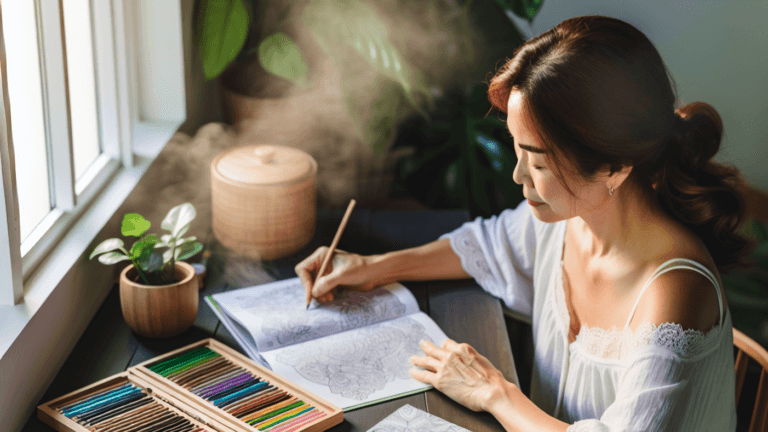
4. Enhancing focus and attention span
If you have ever watched children coloring, you may have observed how engrossed they become in the activity, even if they usually have trouble focusing.
In a world where we’re used to endless scrolling and constantly switching from one task to another, sitting down to concentrate on an adult coloring book can bring a welcome change of pace and help focus our attention for a longer period.
This benefit can extend beyond the coloring itself; a study found that after just 20 minutes of coloring, participants were better able to focus their attention and come up with original responses to problems.
If you find that coloring books fail to hold your attention for long, try setting yourself mini-goals to focus on. It could be coloring for 10 minutes without looking at your phone, or finishing a certain part of the picture before you stop. As you color, focus on the lines you are creating with your pen or pencil and pay attention to small details.
This approach will not only make your finished artwork more impressive, but will also give you the enjoyment of becoming immersed in the process.
5. Developing creative skills
Coloring books are an excellent way to spark creativity, especially in adults who lack confidence in their conventional artistic talent when given a blank page to work on.
Although it’s arguably not as impressive as creating artwork yourself, you still have a lot of creative decisions when it comes to your choice of colors, tools, styles, and techniques. You can give ten people the same coloring page, and the results will be unique.
Once you have developed your skills through coloring books, you may well have more confidence to try freehand drawing or other artistic endeavors. Some coloring books deliberately leave blank spaces within the designs for you to add your own unique touch to each image.
Adult coloring can also help you overcome creative blocks, whether you’re writing a book, working on a new marketing campaign, or planning a child’s birthday party. When you stop directly focusing on the matter in question and stimulate your brain in a different way, it’s surprising how many ideas can pop into your head.
6. Better sleep
It’s widely documented that excessive screen time, especially before bedtime, can have a detrimental effect on sleep quality and duration for both adults and adolescents.
This is partly because the light emitted from our screens disrupts our natural sleep patterns, partly because our minds are stimulated by the content we watch, and partly because we have the tendency to stay on our phones longer than intended when we should be sleeping.
There is differing advice on how much screen-free time you should have before bedtime, but most experts recommend at least an hour.
So, why not spend your evening with your head buried in a coloring book instead of your phone, and see if your sleep improves and you feel better the next day.
7. Social connections
Getting together with other adults who enjoy coloring provides a supportive and creative environment for open conversations and social interactions.
It’s also a great opportunity to share coloring techniques and get inspiration from others.
If you can’t find a coloring group near you, consider starting one at a local coffee shop or library. Alternatively, find a more general art and craft group with people who create art in different mediums, or join an online forum where you can share your artwork and seek advice from like-minded people.
Another benefit of adult coloring in a social group is the motivation to keep coloring regularly and try new ideas.
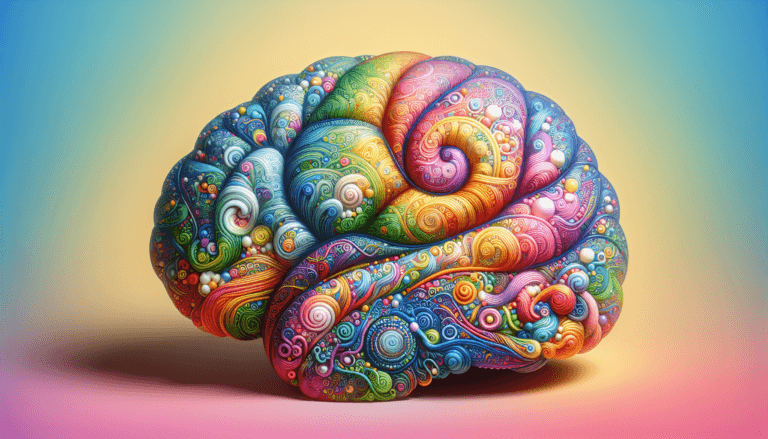
8. A full brain workout
Coloring activates different parts of your brain, including:
- Frontal lobe (planning, concentration)
- Parietal lobe (sense of touch and pressure)
- Occipital lobe (sight)
- Cerebellum (fine motor control, hand-eye coordination)
So, as you complete a coloring book, you are keeping your brain active in all these ways.
One of the benefits of coloring for kids is that it helps improve fine motor skills, but it’s the same for adults. This can be especially beneficial for people with illnesses that induce tremors or who are struggling with motor function as an effect of aging.
Enjoying the benefits of coloring for adults
There are numerous benefits of adult coloring, just as there are for kids. By engaging in this simple activity you can reduce stress, improve your mental health, and uncover creative talent.
Coloring can also have a positive effect on your problem-solving skills and even your social skills, if you choose to do it as part of a group.
So, put aside your worries and any concerns about perfection, grab some adult coloring pages, and have fun exploring a new hobby!
FAQs
What are the benefits of coloring?
The benefits of coloring for adults include anxiety and stress reduction, mood improvement, and better sleep and self-awareness. Coloring also helps you embrace imperfections and develop creative skills.
Why are adult coloring books therapeutic?
Adult coloring is therapeutic because it calms your brain and helps your body relax, reducing anxiety and increasing self-esteem. Many adults enjoy coloring as a way to unwind and remove negative thoughts, like a meditative exercise.
How does coloring stimulate the brain?
Coloring stimulates the different areas of the brain that deal with planning, concentration, coordination, fine motor skills, sight, and touch. Although coloring is a repetitive activity that can help people mentally ‘zone out’, it keeps the brain active in other ways.
How can coloring help relieve stress and anxiety?
When you engage in coloring, especially a design with detailed geometric patterns like a mandala, all your focus is on the action in front of you. This shift of focus can alleviate stress and anxiety; just one of the many benefits of adult coloring!
How can coloring boost creativity?
For those who are not yet confident enough to create their own artwork, adult coloring books are an excellent way to experiment with color theory, shading techniques, different materials, and more while still enjoying the therapeutic benefits.
Can you use an adult coloring book for art therapy?
Most art therapists agree that coloring alone is not a form of art therapy, although it can certainly be therapeutic for adults. When you visit an art therapist, they guide you to create art that helps you interpret and express your emotions and thoughts.

